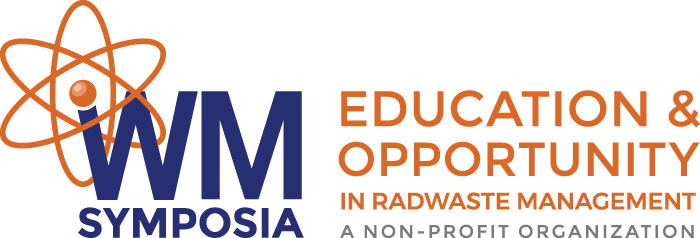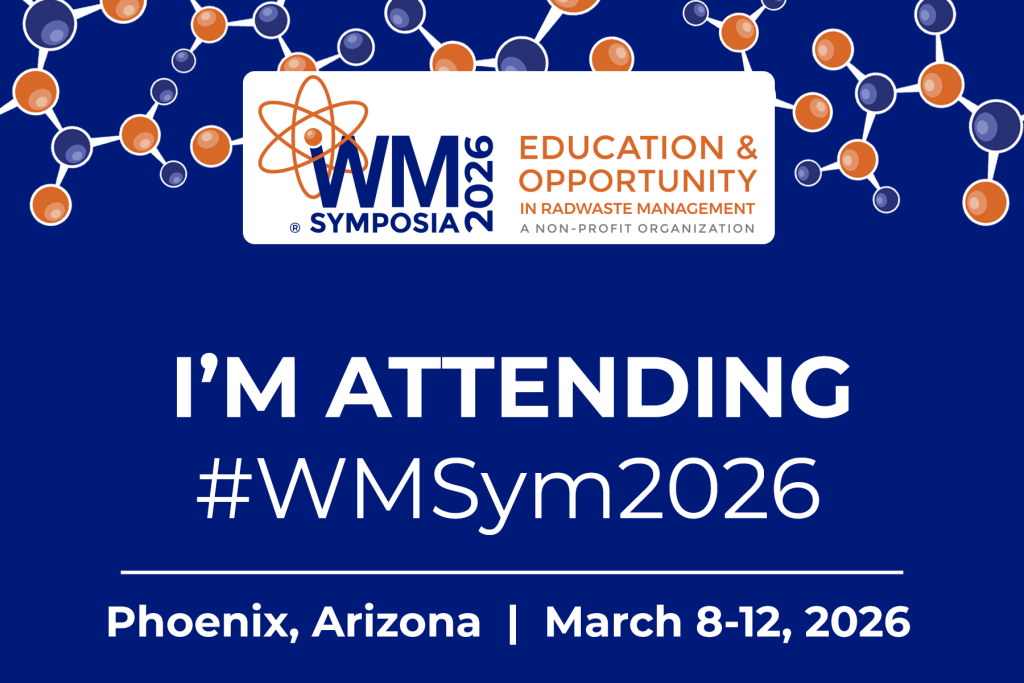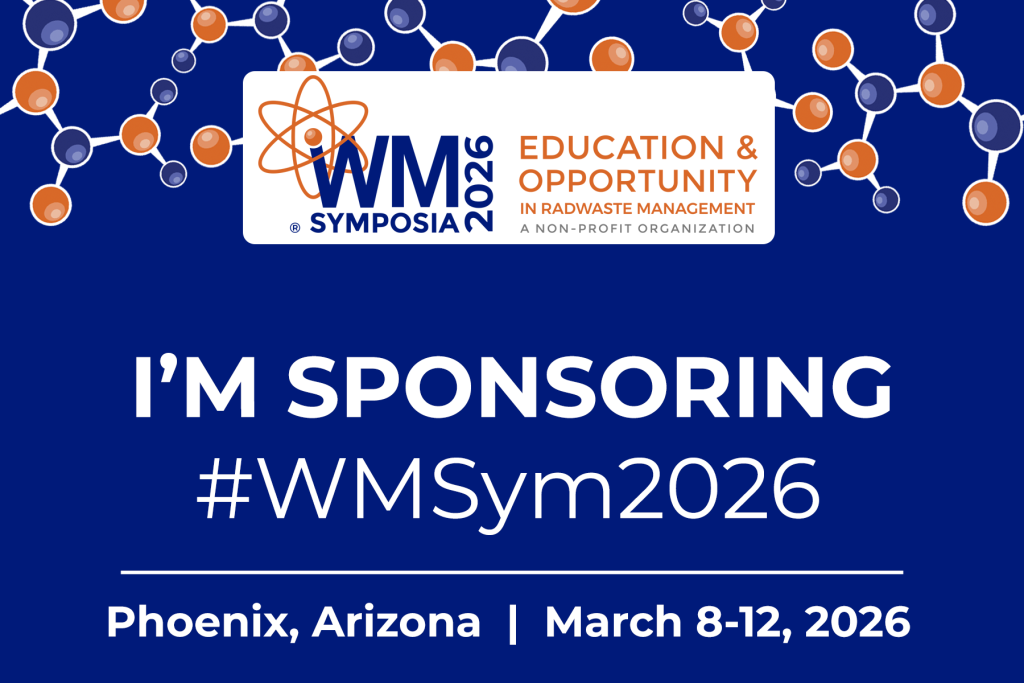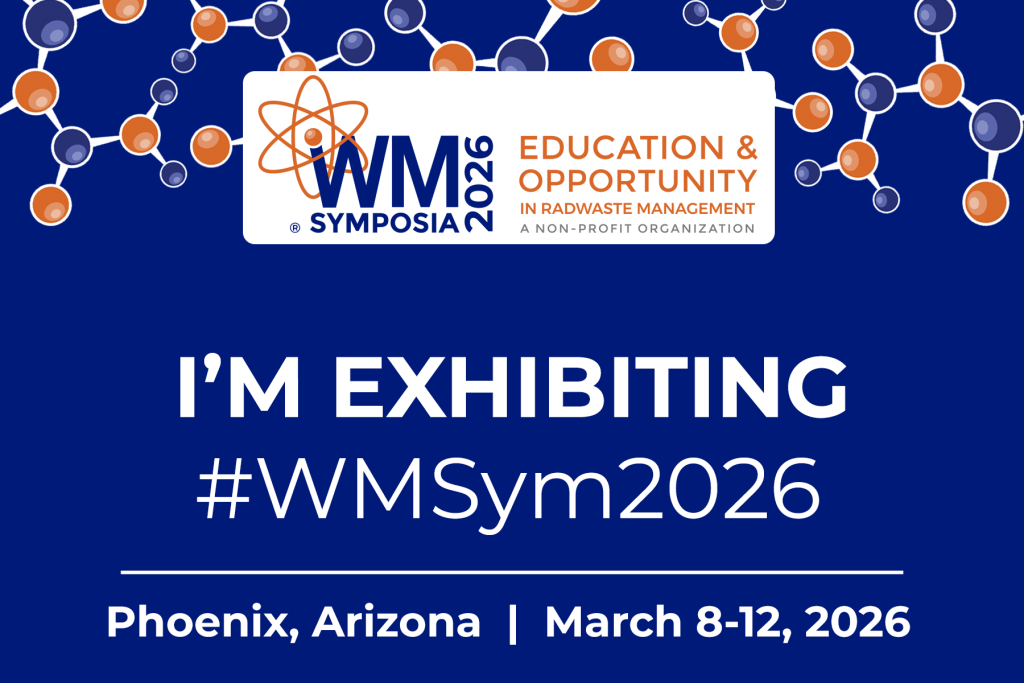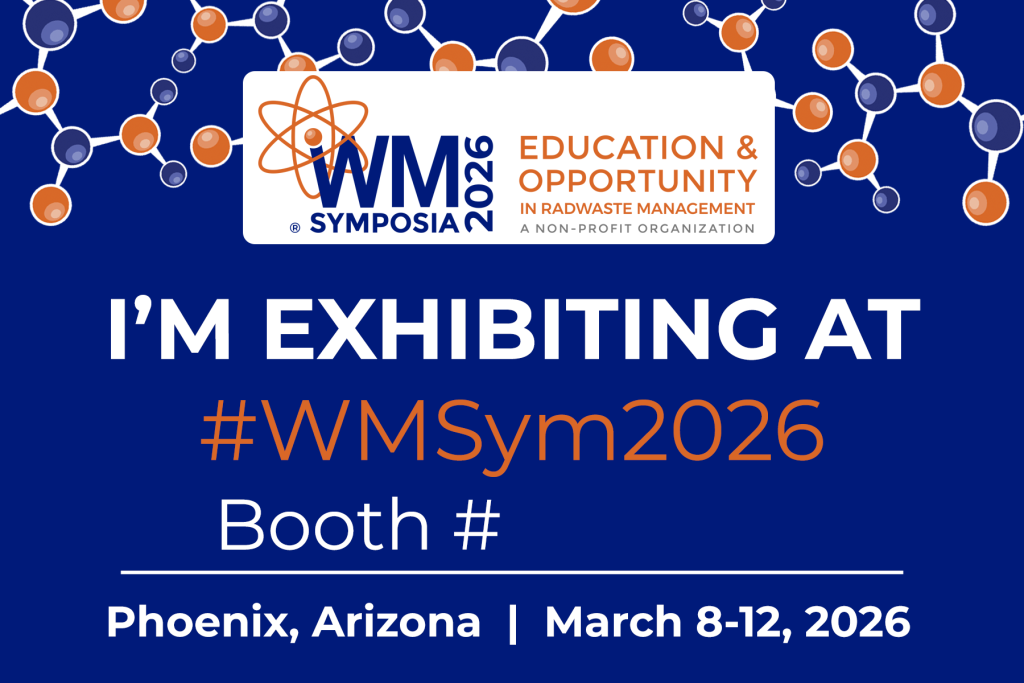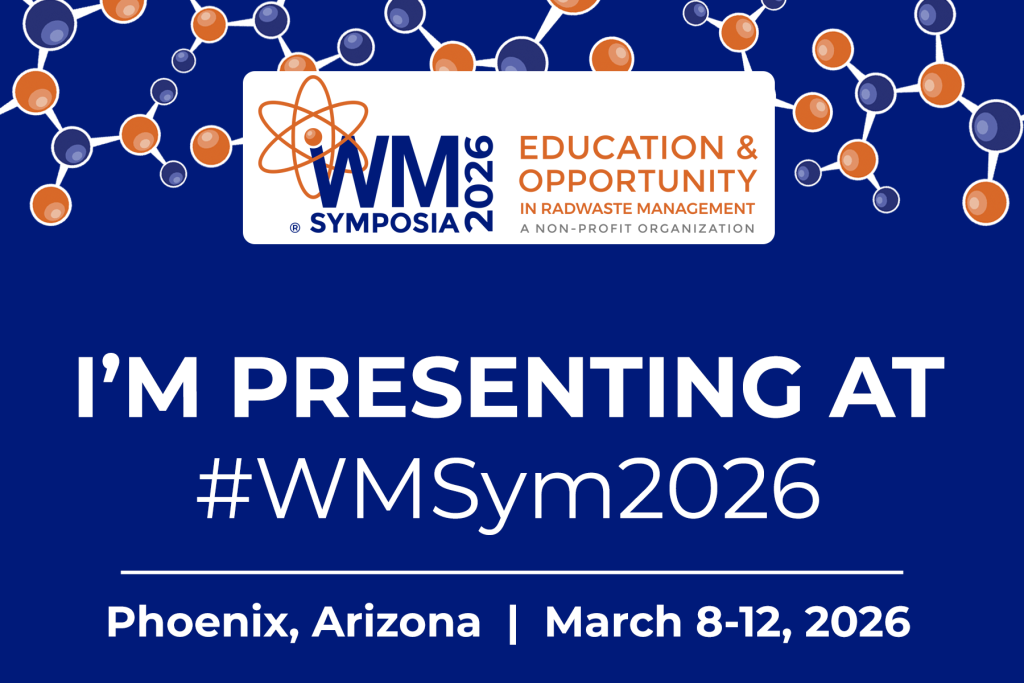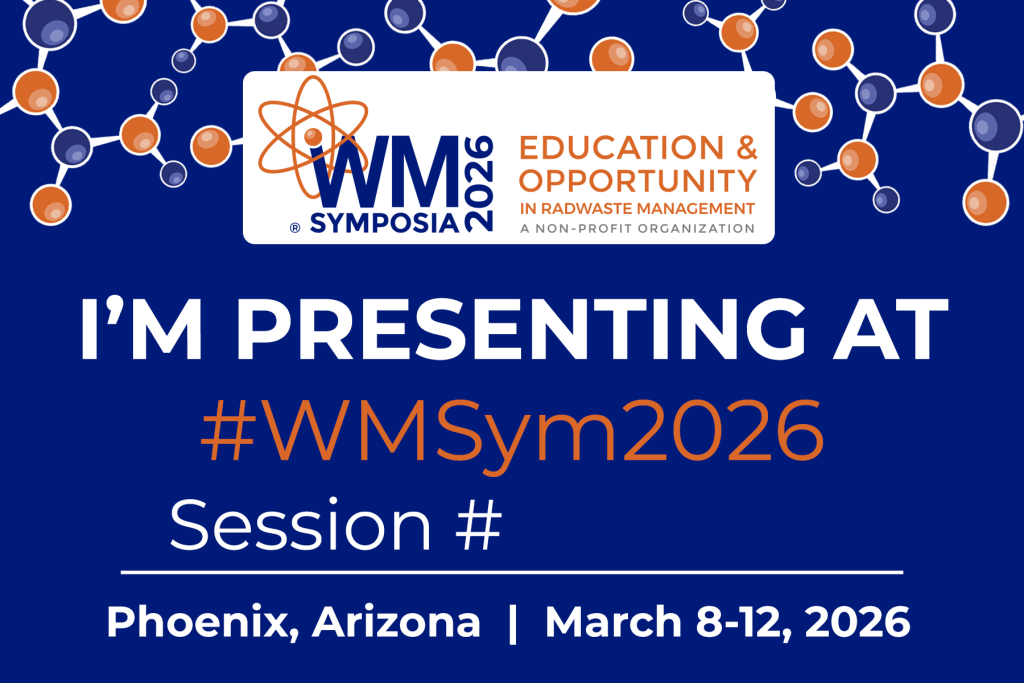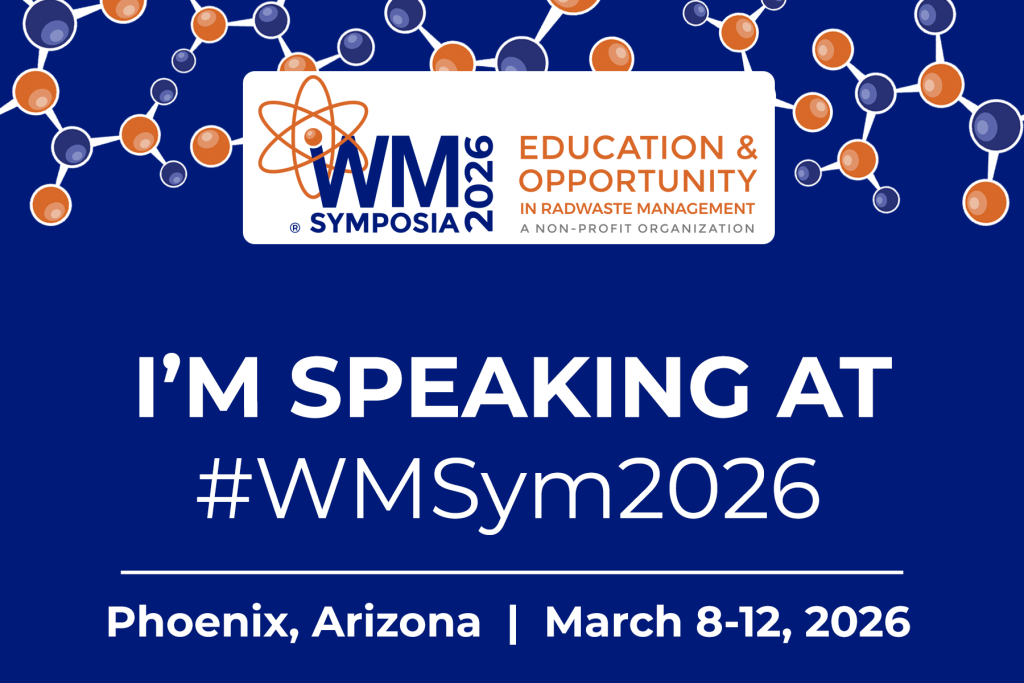March 8-12, 2026, Phoenix, Arizona
WM2026 Theme: Efficient and Innovative Nuclear Materials and Technology Solutions
Elevate your expertise at WM2026, the 52nd annual Waste Management Symposia (WM). This dynamic forum unites global experts to drive safe, cost-effective solutions for handling radioactive materials and decommissioning nuclear facilities. Join a powerful global network of 2,500+ attendees, 900 organizations, 30 countries, and 200 exhibitors—to exchange insights, tackle key challenges, and explore groundbreaking solutions.
Explore cutting-edge research, development, and operational insights across 12 specialized tracks, featuring discussions on critical topics like Used Fuel, D&D, Procurement and Contracting, Safety, Legacy Site Cleanup worldwide, and NRC/DOE initiatives. Engage in exclusive panel and paper sessions spotlighting our theme, “Efficient and Innovative Nuclear Materials and Technology Solutions,” and this year’s Featured Country – Finland and Featured US DOE Site – Hanford, Washington.
Conference Quick Links

Present
As the global nuclear industry continues to evolve and expand, workforce development has emerged as a critical imperative to ensure sustainability and growth. Approaches being employed by government agencies, private industry, and others to assist in attracting and retaining the work force needed for the future will be explored at WM2026.

Exhibit
This conference is attended by decision makers, project managers and procurement specialists representing the government and private organizations undertaking the global tasks of radioactive waste management, decommissioning and site remediation. Exhibit at WM2026 to ensure you get in front of industry leaders.

Attend
The annual Waste Management Conference, presented by WM, attracts thousands of registrants from around the world and is widely regarded as the premier international conference for the management of radioactive material and related topics. If you are an influencer in the industry, or want to be, then WM is where you need to be.
WM2026 FEATURED COUNTRY
We are thrilled to feature Finland as the WM2026 Featured Country! Leading Finnish experts will highlight groundbreaking achievements and hard-earned lessons from decades of innovation. The ONKALO® Spent Nuclear Fuel (SNF) deep geological repository project nears operational licensing, while Finland pushes forward with national legislation reviews paving the way for streamlined deployment of Small Modular Reactors (SMRs). Finland’s nuclear sector is thriving, with key milestones such as the Olkiluoto 3 EPR completion and the decommissioning of the Triga FiR1 research reactor, driving advancements in supply chains and waste management.
FEATURED SITE
Our WM2026 Department of Energy (DOE) Featured Site is Hanford in Richland, WA. Various sessions will focus on the accomplishments and developments at the US DOE’s Hanford Site from tank waste to D&D to New Energy Projects. Various representatives will update you on the DOE Hanford Site including presenters from the DOE, its contractors, regulators, stakeholders, and Indian Nations.
IMPORTANT TECHNICAL PROGRAM DEADLINES
November 21, 2025 – Deadline for full-length draft papers & financial aid requests due. Extensions beyond this date will be subject to PAC Chair and Paper Reviewer approval
December 19, 2025 – Deadline for Paper Reviewer Comments to Authors – Authors are then given several weeks for any requested updates or revisions and to submit their final paper in January
December 31, 2025 – Deadline for early bird registration payment, non-paper poster abstracts & cancellations for exhibitors & attendees
January 16, 2026 – Deadline for final papers and copyrights
February 13, 2026 – PowerPoint Presentations & Posters due for all Presenters
March 8 – 12, 2026 – WM2026 Conference at the Phoenix Convention Center
WM2026 Workshops
The 2026 Roy G. Post Foundation scholarship application is now closed.
The 2026 Roy G. Post Foundation scholarship recipients will be announced in early December.
The 2027 Roy G. Post Foundation scholarship application will open July 1, 2026.
Visit https://roygpost.org/applyforscholarship for more information.
18th Annual Roy G. Post Foundation / Perma-Fix Charity Golf Tournament
In conjunction with WM2026
Benefitting St. Jude Children’s Research Hospital and the Roy G. Post Foundation
Saturday, March 7, 2026
10:00AM Shotgun Start
Verrado Golf Club
4242 N Golf Dr, Buckeye, AZ 85396
Visit https://perma-fix-roy-g-post-charity-golf-tournament.perfectgolfevent.com/ for more information and to register!
The 18th Annual Perma-Fix/Roy G. Post Charity Golf Tournament on March 7, 2026, at the stunning Founders Course of the Verrado Golf Club in Buckeye, AZ, just a quick 35-minute drive from downtown Phoenix. This premier event supports the St. Jude Children’s Research Hospital and the Roy G. Post Foundation and helps to kick off the Waste Management Symposia, making it an ideal opportunity to network with industry leaders and fellow golf enthusiasts.
The Founders Course (Verrado Golf Club), designed by PGA Tour star and Ryder Cup Captain Tom Lehman, is a lush 18-hole oasis that winds through the rugged White Tank foothills. Participants will experience spectacular dessert views and the thrill of a challenging and rewarding golf experience that will inspire their play.
Share your level of WM2026 attendance by sharing one of our graphics on your social media platforms! Tag WM Symposia and use #WMSym2026 so we can share your post!
Have questions? View our frequently asked questions page or email info@wmsym.org.
